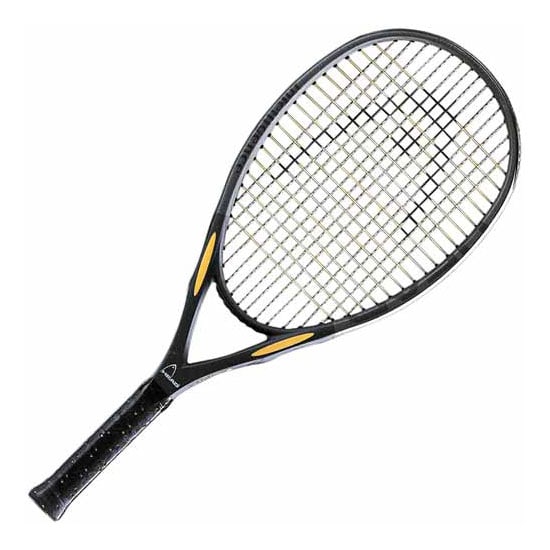
Tennis is not a game known for its technological achievements; after all, when fans argue over clay versus grass, it's a sign that tradition rules. However, Babolat Racquets has been making small but significant changes since it was founded in 1875. Most of those changes have happened to the shoes and the racquets (there's not much you can do with the ball, and the outfits will always be subject to current trends), and some of those changes have been interesting.
The tennis racquets have improved, mostly from wooden framing to metal, and from strings made from intestines to graphite. The goal was to increase the endurance of piece of equipment that suffers a lot of indignities (as demonstrated by John McEnroe's ability to make a racquet bounce when tossed on the court), as well as increase the power of a hit ball. By increasing the use of space-age materials, the performance and longevity of the racquet has been increased significantly from its humble beginnings.
Mens tennis shoes have had an interesting history, especially as they have been used in more locations than just the court. They have been fashion statements of their own, usually signifying poor teenagers whose families could only afford one pair of shoes. However, they have had their own interesting upgrades; the newest is to use Michelin rubber (yes, the tire company!) on the soles of the shoes, for better gripping and traction (something valuable when in a sport where you need to get somewhere quickly and stop without falling down).
It will be interesting to see what happens in the world of tennis. It's a game that continually surprises, in that it seems to be continually bouncing back into the spotlight, and not always just when there's no other ball game on the television. It may not inspire the same level of fanaticism, but it is nonetheless a sport that will always be with us.
